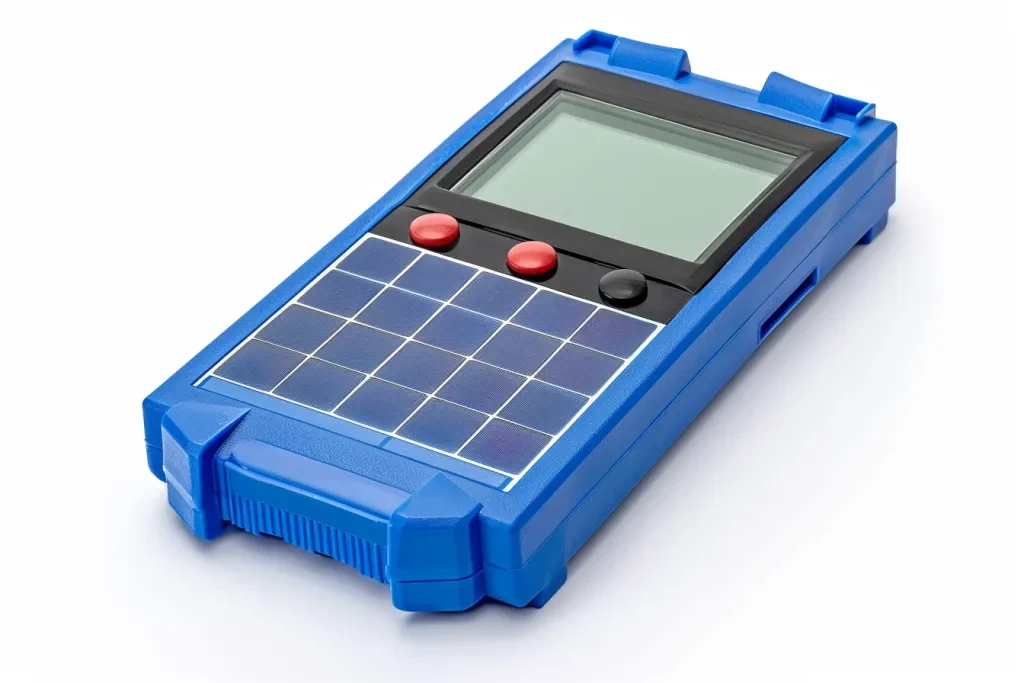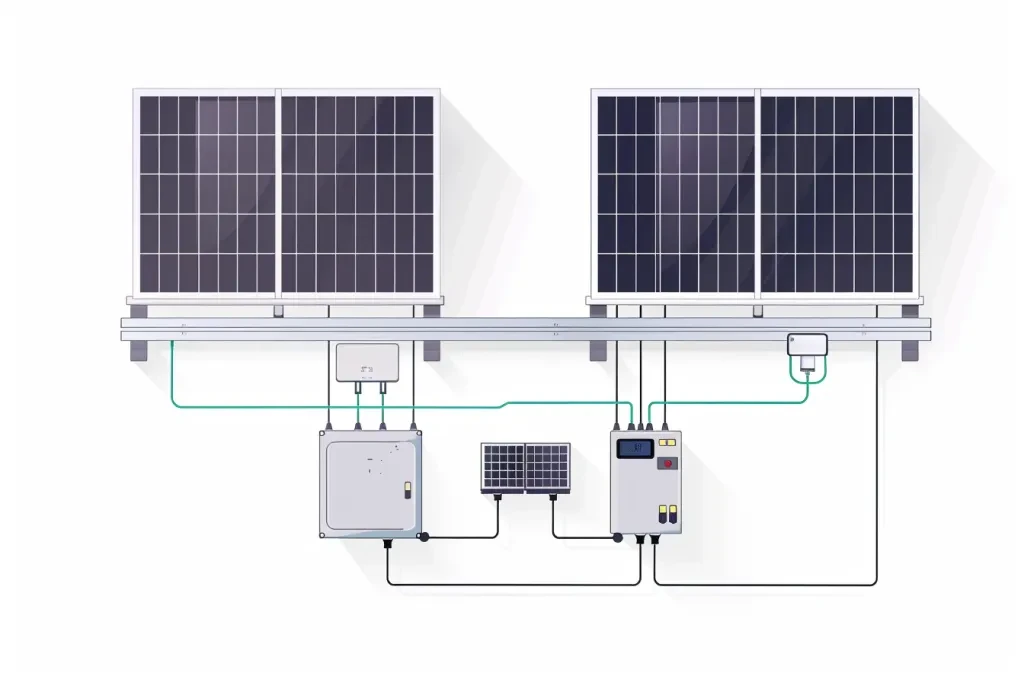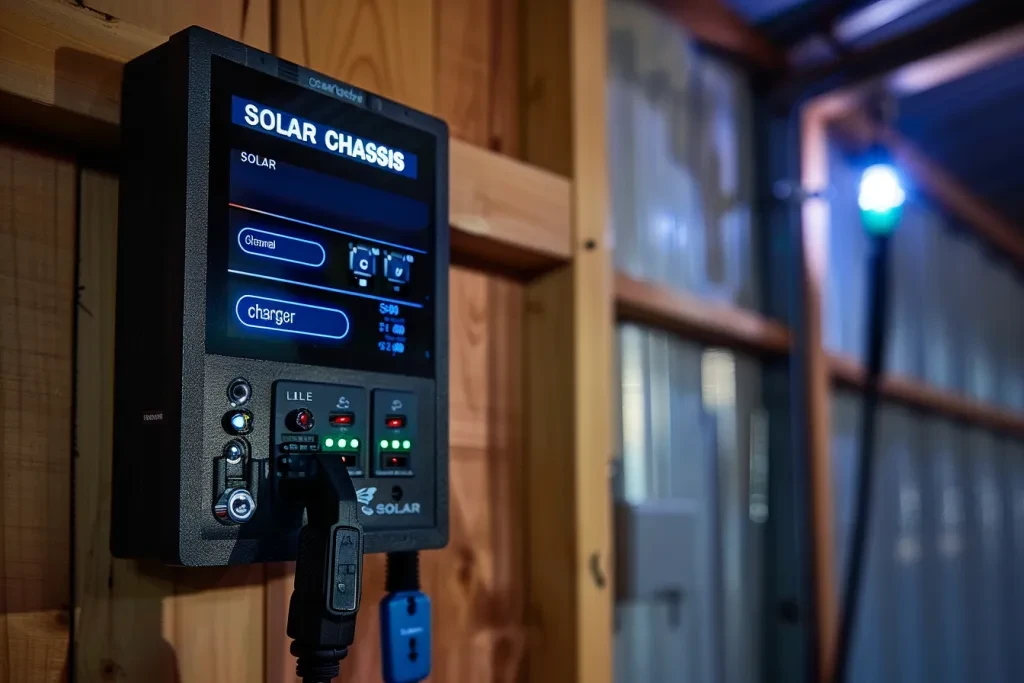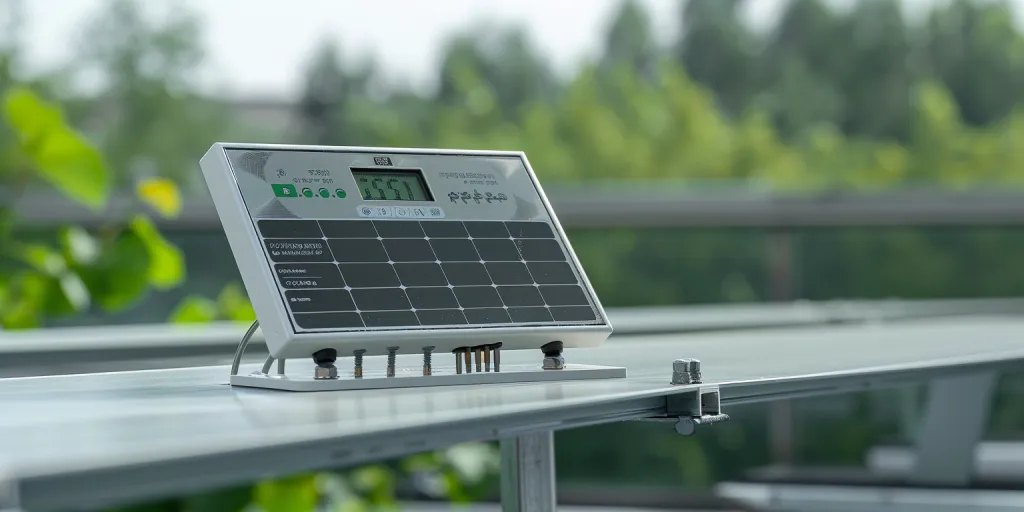In the world of renewable energy, nothing is ever good enough. In the face of this ever continuous quest for ever-improving efficiency and constant reliability, we can be sure one technology will see a lot of action. To me, the MPPT solar charge controller is the one. This article is going to dissect the very essence of the MPPT solar charge controllers. You will learn what these devices are, how they work, why you should use them, what you need to consider before installing them, what you can do to make sure they are compatible with your system, and more. By the end of this article, you should have a coherent understanding of how you can make the most of these devices by incorporating them into your solar energy system.
Table of Contents:
– Understanding MPPT solar charge controller technology
– Key benefits of using an MPPT solar charge controller
– Installation tips for MPPT solar charge controllers
– Compatibility considerations for your system
– Maintenance and troubleshooting
Understanding MPPT solar charge controller technology

MPPT controllers are the technology front-runner in solar energy conversion – they squeeze the most energy out of the panels. Unlike PWM controllers, an MPPT controller will automatically adjust the input voltage based on what the solar panels are capable of delivering at that point in time and ambient conditions. You can say MPPT controllers harvest the ‘sweet spot’ of the panels’ energy. It does this using algorithms that all the time track what the panel’s maximum power point (MPP) actually is, and then adjusts the voltage to that point and holds it there indefinitely.
At least that is what an MPPT controller is essentially – an intelligent intermediary between the solar array and the battery bank of the renewable energy system. By converting undesirable overvoltage to usable amperage, a MPPT controller can increase charging efficiency of the battery bank by 20 per cent or more. It also helps to reduce charge time, minimising the amount of sunlight that is wasted. In the same way, an MPPT controller extends the life of the battery bank by limiting overcharging of the batteries.
As the evolution of MPPT technology indicates, however, a smarter, more responsive generation of interconnected renewable energy systems is on the horizon. As we make better solar panels and batteries, this controller’s role in reconciling both becomes more important than ever. Each MPPT controller, after all, is an essential component of bringing more solar energy into the world.
Key benefits of using an MPPT solar charge controller

The most immediate benefit of MPPT solar charge controllers is that they make our solar power systems perform better. Because of the increased charging efficiency, there is less energy waste, which equates to much quicker charging times and higher energy yields. This is particularly helpful in places with limited sunlight exposure, where capturing every ray of sunshine is key.
Additionally, the MPPT controllers help to ensure system longevity thanks to their ability to maintain the batteries within their optimal charging window by effectively preventing overcharge and deep discharge. The result is not only longer-lasting batteries, but a reliable storage system over time that is important for any off-grid system.
One of the further advantages of MPPT technology is that these controllers can operate on a very large range of input voltages, which means they can be used with virtually any type of PV array, making them very versatile for future expansion or upgrades to the system without having to change the charge controller.
Installation tips for MPPT solar charge controllers

Properly sizing the MPPT solar charge controller is easy, but taking the time to do it the right way will ensure that the controller will give you the maximum amount of usable power from your panels. Start by sizing the MPPT charge controller itself. The ampacity of the controller must be at least equal to the maximum output of your solar array and the maximum (100 per cent) charge rate of your batteries. Each solar array comes with a power rating, which tells you how many watts of power it will generate under optimal conditions. For example, our 480W solar array will generate around 600W of power at solar noon under optimal conditions.
Good wiring is a must. The wire used must be the gauge recommended in the instruction kit and the connections should be tight and unbroken. This will minimise voltage drop and maximise efficiency. The controller should ideally be installed in a place that is not exposed to the elements or to excess heat as this will increase longevity and efficiency too.
Finally, the controller should be set up for your specific system. Almost all MPPT controllers have a number of settings that can be adjusted to match the characteristics of the solar panels and batteries. Getting these right requires a few minutes of experimentation, but can make a big difference to the system’s performance.
Compatibility considerations for your system

When the MPPT solar charge controller is part of your solar power system, you must make sure it is compatible with not only your solar panel array but also other components. For the solar panel side, the array’s voltage must match the controller’s specifications so that the controller can extract all possible power. In terms of battery side, the controller should be compatible with the type of batteries, such as lead-acid, lithium-ion or other technologies.
A final issue is the capacity of the controller. It is important to install a controller capable of handling the system as it is now, and to anticipate what it might become. Overloading the controller can result in a system that is simply not worth using.
Last but not least, it should work well with other system components, including inverters and monitors, for that integration is what makes the system operate smoothly and efficiently.
Maintenance and troubleshooting

The MPPT solar charge controller is a low-maintenance device under normal circumstances. But making a periodic check can avoid havoc. You can routinely check its terminals and wiring connections for any signs of wearing and tearing. Most importantly, you must keep the charger clean from dust and other debris while ensuring optimal temperature dissipation.
For common problems such as reduced efficiency or failure to charge, the solutions often lie in checking the filter settings or connections. Updating firmware might resolve software bugs, which could improve the controller’s performance and compatibility with newer batteries or panels.
In conclusion, MPPT solar charge controllers are a key technology for obtaining maximum energy and minimising losses while using solar energy. We hope that you now have a better understanding of what these controllers are and can utilise them to increase your energy independence using a renewable source of energy for your future.




